
The "PPPS FOR CROP COMPANY" model is designed for operational planning of a grain farming enterprise. It enables the planning of production, sales, and financial results, taking into account the utilization of all types of resources over three technological cycles.




After addressing resource availability and technological equipment provision, the main challenge becomes optimal production management. The leadership of the enterprise must conduct an analysis of improvement options in production activities, considering set goals and objectives, and then choose the best options.
A grain farming enterprise is a complex management entity where planning requires consideration of numerous factors. This includes processes occurring in crop plants, varietal characteristics, the diversity of agricultural machinery, critical production stages, and the intersection of cycles between current and future periods, as well as seasonal fluctuations in prices for the marketed products.
To effectively consider these features, a methodology for creating a digital twin is used within a unified IT system. Business processes are described using a process-oriented and systemic approach, and all simulated entities are interconnected through automatic internal synchronization. This approach allows digitizing not only the descriptive part of the enterprise model but also includes indicators and metrics for all management levels and objects, including processes, equipment, and departments. All data is accounted for in a unified model time with details down to a daily level.
Users are provided with the ability to simulate the operations of a real grain farming enterprise. They can repeatedly run the model with different parameters to choose a combination that achieves the best financial results through the optimization of all production processes and product realization. This provides a complete understanding of the benefits of specific changes in the enterprise's operations and the economic impact of such changes.
The functionality allows users to reconfigure the crop rotation structure, adjust the workforce, modify the composition of the machinery fleet down to individual units, apply fertilizers and pesticides, and consider production technologies with detailed attention to each technological operation. For any selected combination of settings, optimal production and product realization parameters are calculated to maximize financial results across five different scenarios.

DOWNLOAD


